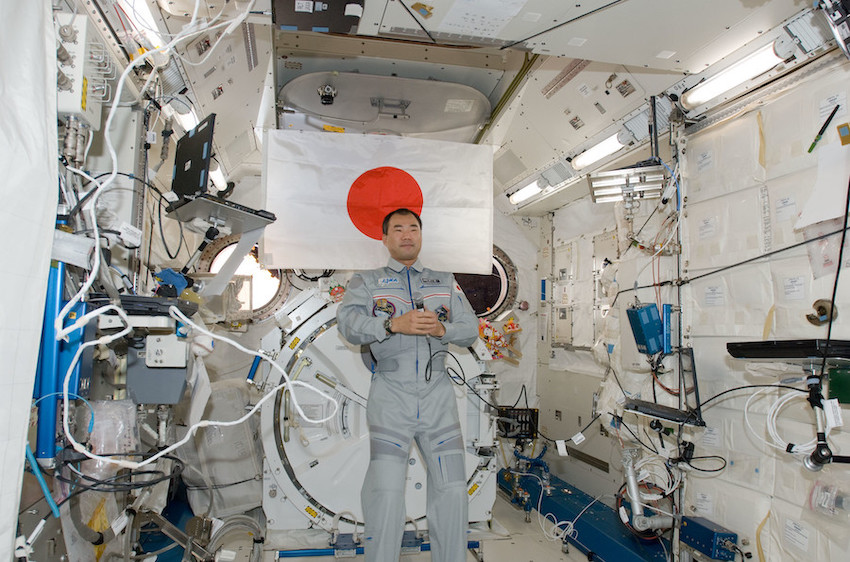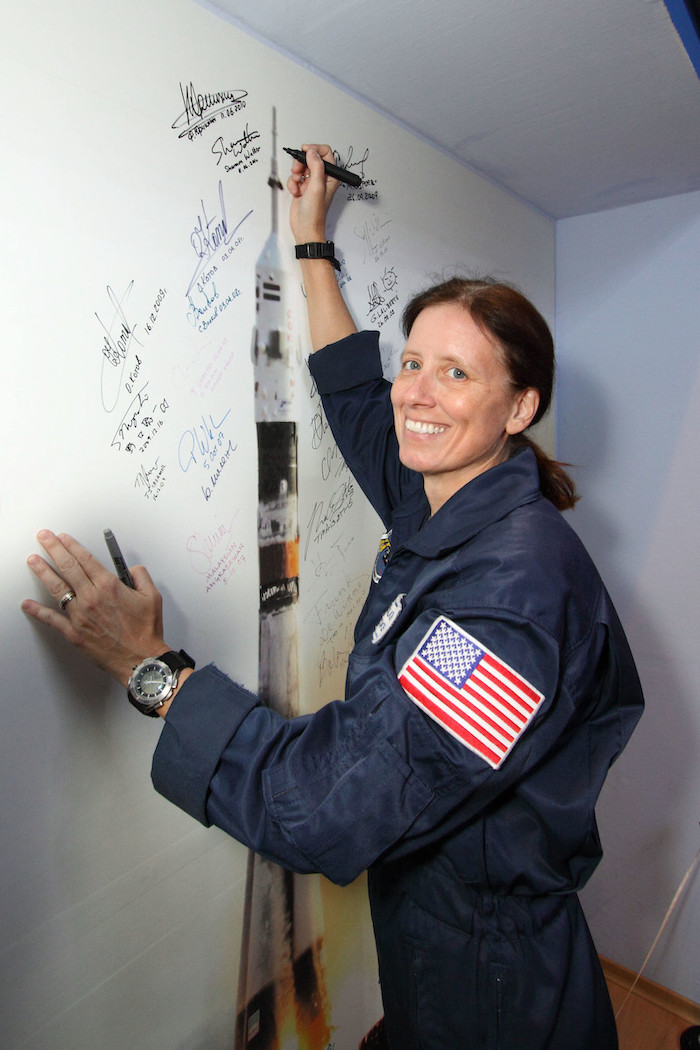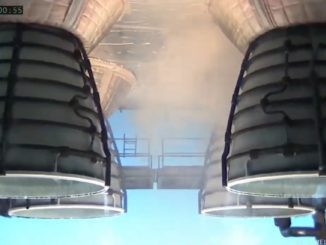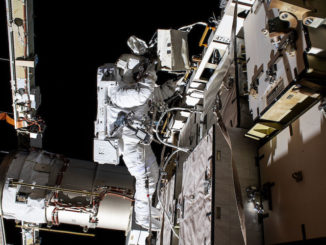
Veteran astronauts Soichi Noguchi and Shannon Walker have been assigned to fly to the International Space Station on SpaceX’s second piloted Crew Dragon mission later this year, joining commander Mike Hopkins and astronaut Victor Glover on a planned six-month expedition in orbit.
The two additional crew assignments were announced Tuesday by NASA and the Japan Aerospace Exploration Agency. Noguchi, 54, will be making his third trip into orbit, and Walker, also 54, is assigned to her second spaceflight.
Noguchi and Walker round out the four-person Dragon crew. NASA announced in 2018 that Mike Hopkins and Victor Glover would fly on the first operational Dragon flight to the space station.
The four astronauts will take off from pad 39A at NASA’s Kennedy Space Center on top of a SpaceX Falcon 9 rocket later this year. After a half-year in orbit, the Crew Dragon will return to Earth for a splashdown in the Atlantic Ocean just east of Florida.
A more specific schedule for the mission — known as Crew-1, or USCV-1 — has not been announced, and largely hinges on the outcome of the preceding Crew Dragon flight — designated Demo-2 — that will carry NASA astronauts Doug Hurley and Bob Behnken to the space station.
NASA says the Demo-2 test flight is currently scheduled to launch as soon as mid-to-late May from the Kennedy Space Center. Hurley and Behnken are training for the mission, which could be extended from a couple of weeks to several months in duration, allowing the two astronauts to become long-term members of the space station crew.
The Demo-2 flight will mark the first orbital launch with astronauts from U.S. soil since the final space shuttle mission in July 2011. NASA has contracted with SpaceX and Boeing to design and develop new human-rated capsules to end U.S. reliance on Russian Soyuz spaceships for crew transportation to the space station.
SpaceX is set to fly with astronauts first.
The space station will have just three crew members — down from the usual six — for much of the coming months, until the Crew Dragon spacecraft arrives with Hurley and Behnken. If their mission gets extended, the astronauts could provide extra capabilities to perform scientific experiments and maintenance on the orbiting research laboratory.
NASA officials are evaluating several issues that could threaten the May launch schedule, including the COVID-19 coronavirus pandemic, an engine failure on the most recent Falcon 9 launch, and the readiness of the Dragon capsule’s parachutes.
A successful Demo-2 mission would wrap up development of the Crew Dragon spacecraft. Once the ship is certified for regular crew rotation flights — a milestone expected after the Demo-2 mission — Hopkins’ crew will take off on the following Crew Dragon launch.

Hopkins is a veteran of one long-duration space station expedition, and Glover is training for this first space mission.
With 177 days in space on his two previous space missions, Noguchi has logged more time in space than any of his crewmates. Noguchi was born in Yokohama, Japan, and earned a master’s degree in aeronautical engineering from the University of Tokyo.
He worked in the design and performance testing of aircraft engines before his selection as a Japanese astronaut in 1996.
Noguchi’s first mission was aboard the space shuttle Discovery in 2005, the first shuttle flight after the Columbia accident, which delivered cargo to the International Space Station. He launched into space again on a Russian Soyuz rocket in 2009 to spend more than five months on the space station as a member of the Expedition 22 and 23 crews.
Walker is a native of Houston and earned a doctorate degree in space physics from Rice University in 1993. She began her career as a space shuttle robotics flight controller at the Johnson Space Center in 1987, then participated in the design and construction of robotics hardware for the International Space Station. She was selected by NASA as an astronaut candidate in 2004.
She logged 163 days in orbit aboard the space station in 2010, launching and landing on a Russian Soyuz spacecraft as a member of the Expedition 24 and 25 crews.
Email the author.
Follow Stephen Clark on Twitter: @StephenClark1.



